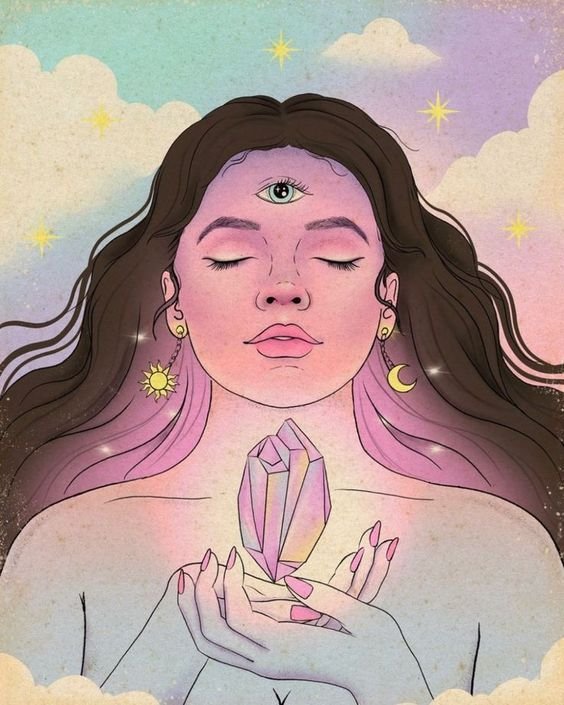“My message for everyone is the same: that if we can learn to identify, express, and harness our feelings, even the most challenging ones, we can use those emotions to help us create positive, satisfying lives.”
– Marc Brackett

Table of Contents
Introduction
Our emotions are an intrinsic part of the human experience. Yet, this crucial aspect is often neglected, contributing significantly to the rise of depression and anxiety. A 2015-16 National Mental Health Survey found that one in twenty Indians suffers from depression. It’s likely this number has grown, considering the increased societal focus on negativity.
Understanding and managing our emotions is vital. They can hold the imprints of past traumas, inner child wounds, and negative experiences. This is why encountering uncomfortable situations can trigger emotional responses, often manifesting as a tightness in the chest.
Meditation has become a popular tool, embraced by influencers and the public alike. Its benefits are far-reaching, positively impacting various aspects of our lives. Here are some famous quotes by some ‘Famous’ people on meditation:
“Meditation is a possibility to awaken new dimensions within you.” Sadh guru
“Control your Mind with Meditation.” Jaya Kishori
“Meditation means the recognition or the discovery of one’s own true self.” Sri Chinmoy
Meditation & Emotions:
Meditation in simple terms is nothing more than ‘Controlled imagination and attention’
Meditation can be a powerful tool for self-improvement, but it’s important to understand what it actually is. Unlike sleep, where the subconscious reigns supreme, meditation is a state of heightened awareness where you train your mind to focus and achieve inner calmness. This focused state is why manifestation coaches often recommend affirmations during meditation – it allows for clearer intention setting.
However, for beginners, meditation can be challenging. Our minds naturally wander, and distractions from the physical world are plentiful. This is because entering a state of silence is unfamiliar territory for both body and mind. Our natural instinct is to be wary of the unknown, as it could potentially pose a threat.
The brain is the centre of thought creation, while the body, through the five senses, perceives experiences and stores emotional responses. This is why childhood traumas can linger – the emotional residue gets embedded within our physical being. Meditation serves as a gateway to our inner selves, and with practice, it can help release these trapped emotions, fostering healing and growth.
How meditation helps in releasing difficult emotions?
- Meditating on your emotions can open your mind to new possibilities, ultimately helping you shed limiting beliefs and negative emotions.
- Meditation fosters a shift in perspective. By observing your thoughts and emotions with detachment, you can see situations from different angles, leading to more creative solutions for problems.
- Focusing inward allows you to acknowledge and accept your emotions without judgment. This acceptance can facilitate their natural release and processing.
- Meditation helps you develop emotional awareness, enabling you to distinguish between positive and negative emotions.
Meditation for Releasing Trapped Emotions
- Find Your Comfort Zone: Settle into a comfortable position, either sitting or lying down. Choose a calm environment that minimizes distractions.
- Begin with Deep Breaths: Take three deep, slow breaths, inhaling through your nose and exhaling completely through your mouth. Feel your body relax with each exhale.
- Body Scan: Gently close your eyes and bring your awareness inward. Take a slow mental journey through your body, starting from your toes and traveling all the way up to your head. Notice any areas of tension or discomfort without judgment.
- Safe Memory Retrieval: Bring to mind a situation that caused you emotional pain. Choose a memory that doesn’t trigger overwhelming anxiety or panic attacks. As you recall the event, observe how your body reacts in the present moment.
- Pinpoint the Feeling: Notice which part of your body holds the emotional charge from this memory. Common areas include the abdomen, chest, heart, or gut, but it could be anywhere.
- Acceptance and Release: Place your right hand on the area where you feel the trapped emotion. Silently repeat a positive affirmation like: “I accept what I’m feeling right now. It’s okay that things didn’t go as planned. I allow myself to feel the hurt, but I also choose to release it. Thank you for protecting me in the past. Now, I release this emotion and allow it to leave my body as I exhale. As I breathe in deeply, I fill this space with love and light.”
- Returning to the Present: Gently bring your focus back to your breath. Notice how your body feels now. When you’re ready, slowly open your eyes, feeling lighter and more at peace.
- Regular Practice: For optimal results, practice this meditation daily or twice a day. Dedicate at least three days to releasing the emotional charge from a single event or circumstance before moving on to another memory.
Additional Tips:
- If a memory is too emotionally charged, focus on a milder experience instead.
- Don’t force emotions to arise. Allow yourself to feel what’s present without judgment.
- Be patient with yourself. Releasing trapped emotions takes time and practice.
Conclusion
Ready to let go? This guided meditation can help you release trapped emotions and find inner peace. For a limited time, get the audio version with binaural beats and soothing music at a special price! Just message me on Instagram to claim your meditation.
Stay tuned! In future posts, I’ll delve deeper into understanding emotions and techniques for nervous system regulation. Don’t miss my previous post on limiting beliefs – it can help clear the path for your manifestations!